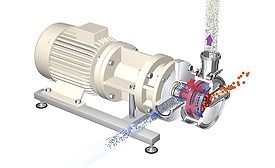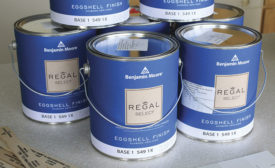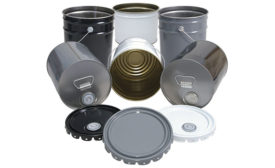Featured on Home Page
Controlled-Release Corrosion Inhibitors
Adding Functionality to Direct-to-Metal Coatings
October 1, 2016
More than Trucks and Warehouses
Distributors’ Value-Added Services are a Critical Part of the CASE Supply Chain
October 1, 2016
UN-Rated Steel Pails for the Coatings Industry
As environmental awareness grows, steel containers continue to provide a viable option for the packaging of paints and coatings.
Read More
Keep the info flowing with our eNewsletters!
Get the latest industry updates tailored your way.
JOIN TODAY!Copyright ©2025. All Rights Reserved BNP Media.
Design, CMS, Hosting & Web Development :: ePublishing










